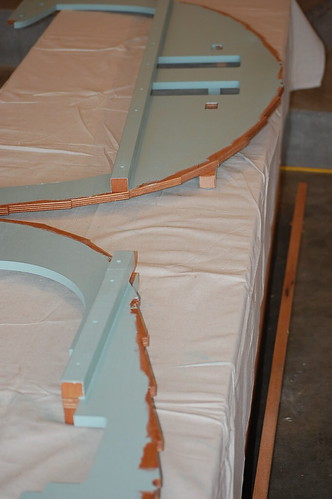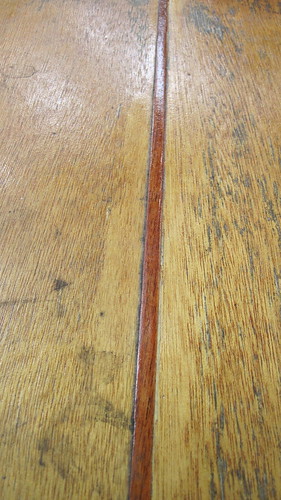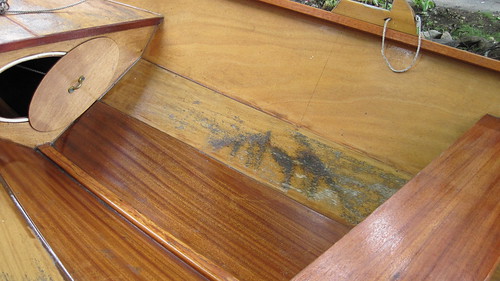We can go one step further with epoxy encapsulation: paint some parts before they get set up on the strongback. One of our kit builders is demonstrating this nicely in his Beg-Meil build. He lives in Billings, Montana and started the project this past summer. I advised him to layout all the parts from the kit and precoat them with 2-3 coats of epoxy. He took it further and precoated the bulkheads in his chosen interior color for the boat. This will be quite handy for the bulkheads that are trickier to reach.

Read More..

You can imagine there is a little more work in tighter places if you do not precoat:
When you precoat with epoxy it is important to think about primary and secondary bonding and your timeline. If you precoat with System Three epoxy, you have a nice long 72-hour window where you get a primary (chemical) bond when you glue pieces together. In a small boat, you can probably put parts together in this timeline. However, with a bigger boat, since it will take longer, it is good to mask off areas that you want to keep as bare wood. This way when you glue those parts (e.g., the end-grain of the bulkheads and 3/4" or so along the sides for the fillet) you can get a primary bond. If you choose not to tape, you can rigorously sand the faying surfaces with 80-grit and get a very good bond, but it will be a secondary bond.









